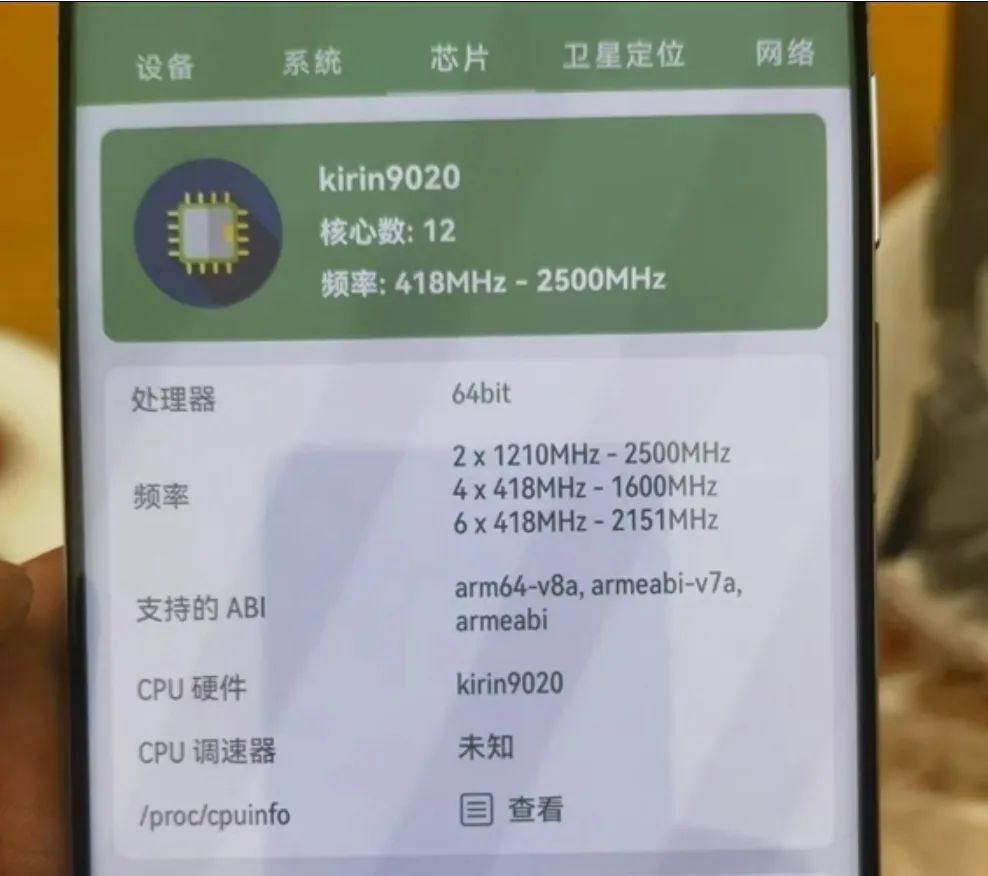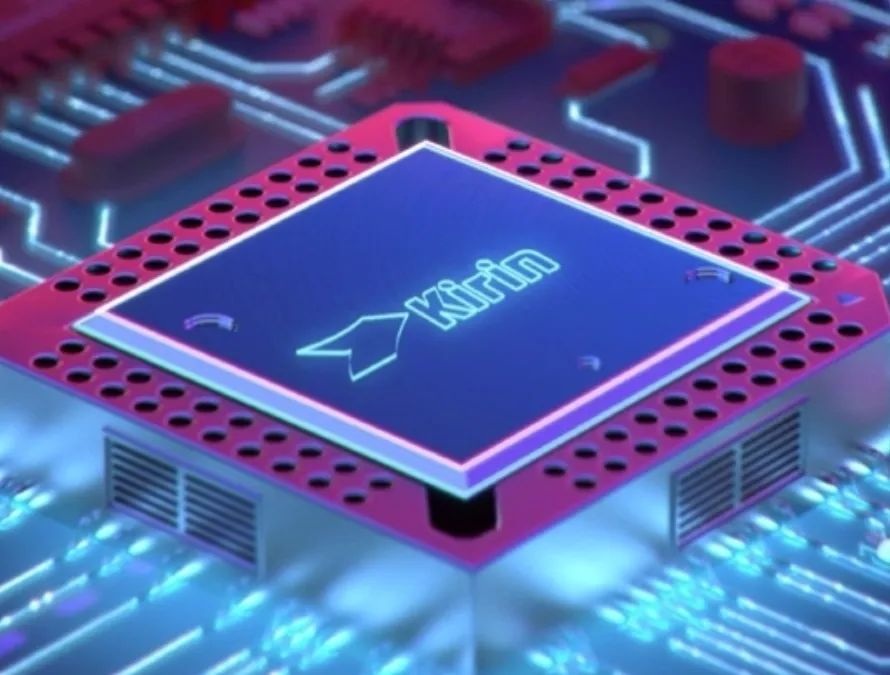Recently, Huawei launched a new type of smartphone, the PuraX.
This smartphone features a brand new wide-screen design, adopting a 16:10 “wide screen” format that offers a significantly different experience. Coupled with the new HarmonyOS 5 and unique wide-screen functionalities, it quickly became a hot seller, prompting many to exclaim, “It’s really great!”
In fact, there is an aspect of this smartphone that has been overlooked by many, which is the chip technology, which has also seen new breakthroughs.

Some may wonder, isn’t the chip just the Kirin 9020? It’s the same as in the Mate70 Pro series.
However, this time, although the chip is indeed the Kirin 9020, there is a notable difference. Disassemblies have already been conducted online, and you can check them out.
From the disassembly, it can be seen that this Kirin 9020 chip is significantly thicker than the previous Kirin 9020 chip. Why is the same chip thicker? The reason is that the Kirin 9020 chip used in the PuraX adopts a brand new integrated packaging technology.

This time, the packaging method of the Kirin 9020 has shifted from a sandwich structure to an integrated packaging of SoC and DRAM, encapsulating the SoC and memory together. It is not entirely clear whether it is CoWoS or InFO-PoP, but the forms are quite similar.
What is integrated packaging? It essentially means that two or more chips are packaged together to form a single unit.
The benefits of such packaging are numerous, especially in mobile devices and other small electronic devices. By packaging multiple chips together, space can be saved, and performance can be improved. After all, when multiple chips are packaged together, they are directly connected, eliminating the need for additional connecting wires. This results in shorter and more direct chip connections, enhancing chip performance, increasing transmission speeds, and reducing latency.

From this chip, we can infer that Huawei’s chip technology has made another breakthrough. Under certain manufacturing constraints, it can significantly enhance chip performance. To put it simply, we can imagine achieving the performance of a 7nm or even 5nm chip using a 14nm process.
By doing this, Huawei is likely to inspire the entire industry chain to learn from Huawei. Currently, domestic chip manufacturing levels are indeed lagging behind the world’s top standards, with relatively inferior processes, compounded by pressure from the United States. Therefore, this new packaging technology can also help us better enhance performance within limited manufacturing capabilities.